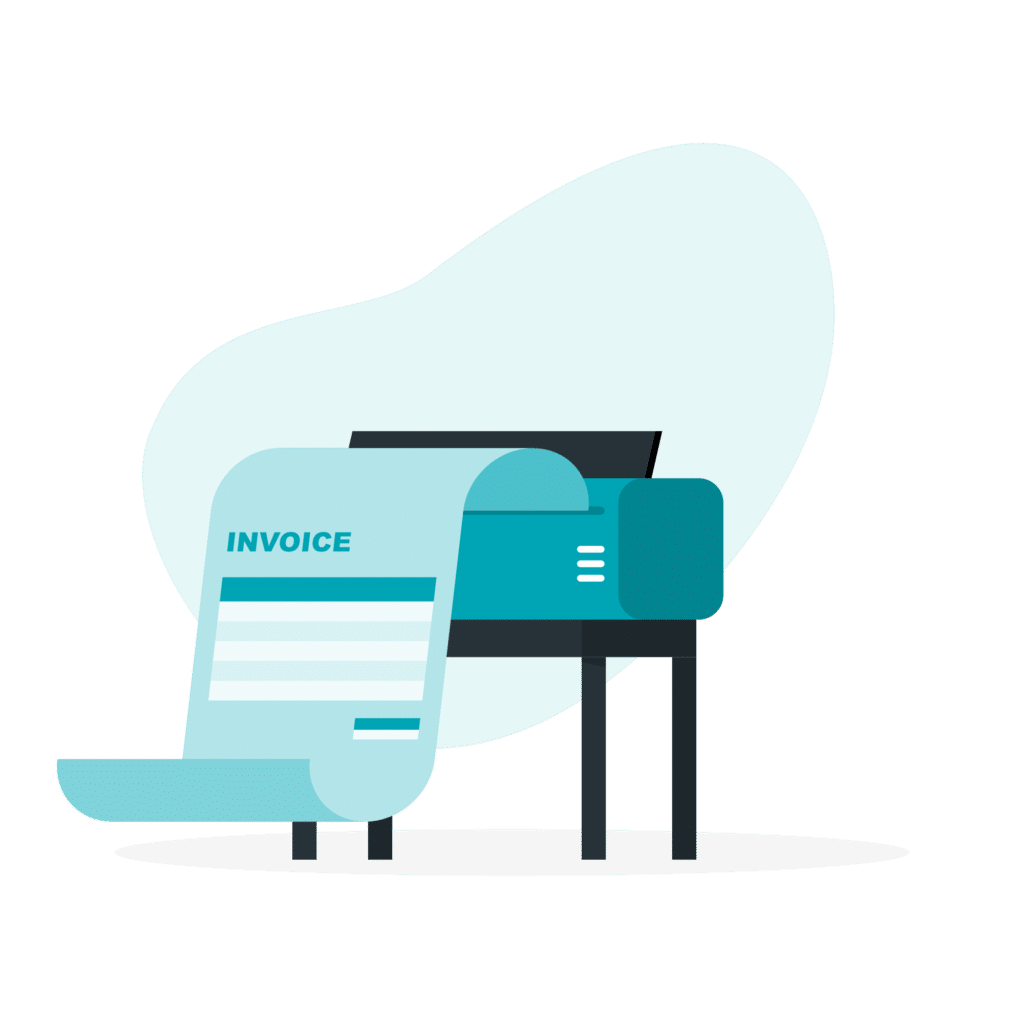
Invoicing tips
When drawing up an invoice in Switzerland, you need to respect certain rules and best practices, to ensure transparency and accuracy for your customer, and to protect yourself in the event of disputes.
Use an invoice template
Adopt a Swiss invoice template that conforms to local standards to ensure that all the necessary information is included. This will save you a lot of time when it comes to invoicing.
Numbering
Number your invoices in sequential order to make them easier to find and avoid duplication.
Services and products in detail
Add as many details as possible about the products and/or services supplied. Include quantities, prices, discounts, etc. Ideally, save your products as templates.
Terms of payment
Clearly state the terms of payment under which the invoice is to be paid, as well as the payment methods accepted.
Terms of use
Add your trade register number as well as your IDE number if you are subject to VAT. VAT.
Use billing software
If you issue a large number of invoices, consider using invoicing software, which will help you quickly create and even automate the sending of your invoices. Check that the software can issue QR invoices, which have been used in Switzerland since 2022.
Contents of a Swiss invoice
Information about the service provider
- Company name
- Full address
- VAT number (IDE)
- Contact details (phone, email)
Customer information
- Name or company name
- Full address
- VAT number (IDE)
- Customer number
Dates
- Invoice issue date
- Due date
Description of services
- Service or product details
- Quantity and unit of measure
- Price per unit
Amounts
- Subtotal excluding VAT
- VAT percentage
- Price incl. VAT
Terms of payment
- Payment terms
- Payment methods accepted
- Banking information
Other
- Invoice number
Download invoice templates
Download in EXCEL format
Download our Excel template and modify it as you wish, free of charge.
Download in Word format
Download our template in Word format.







